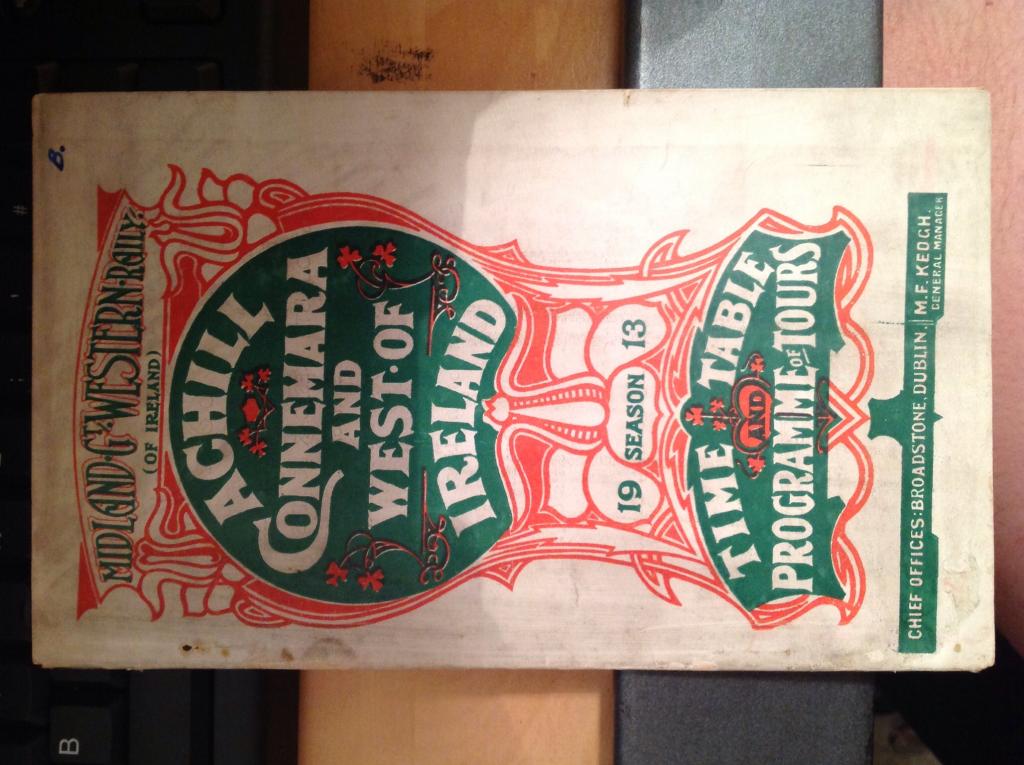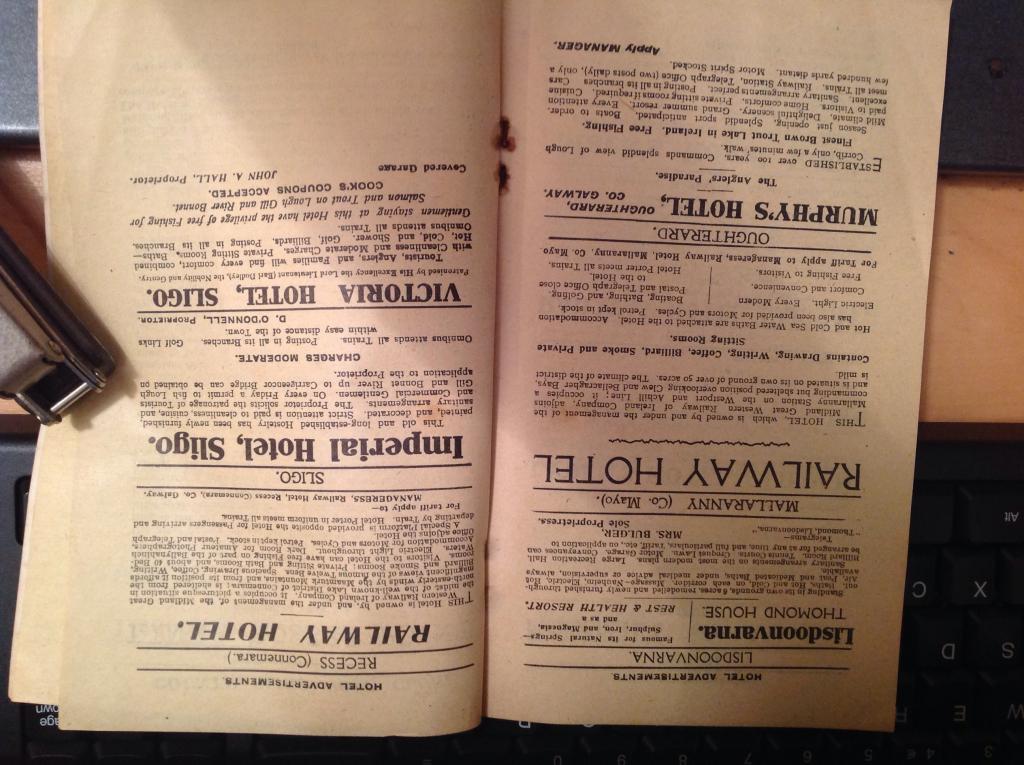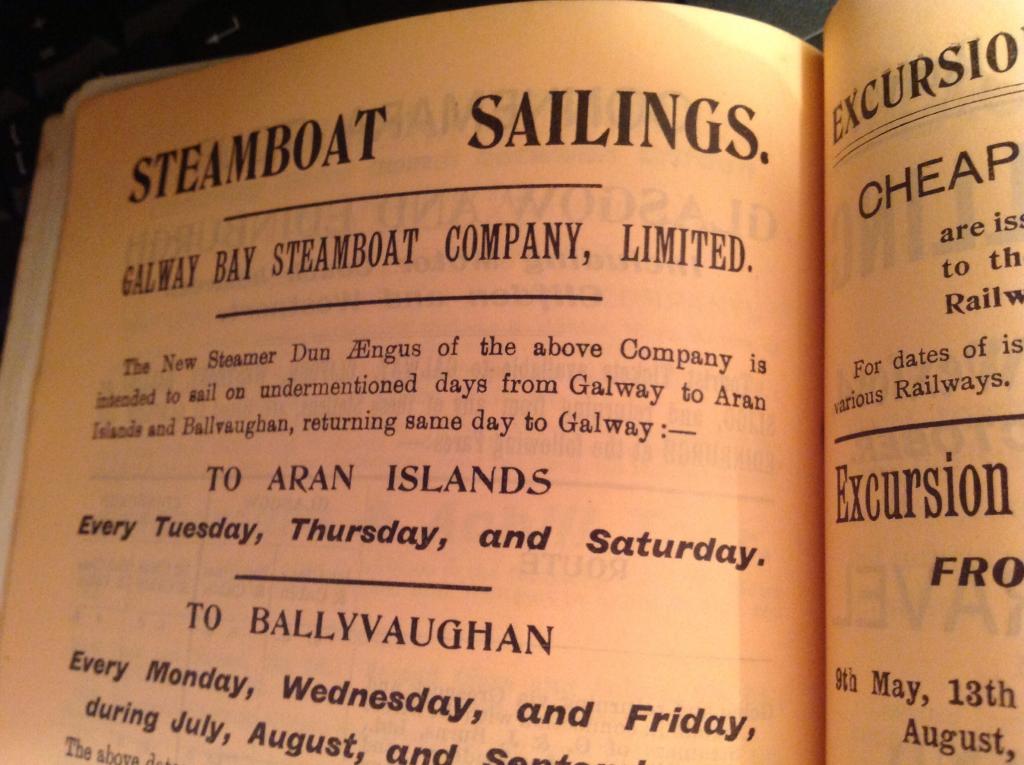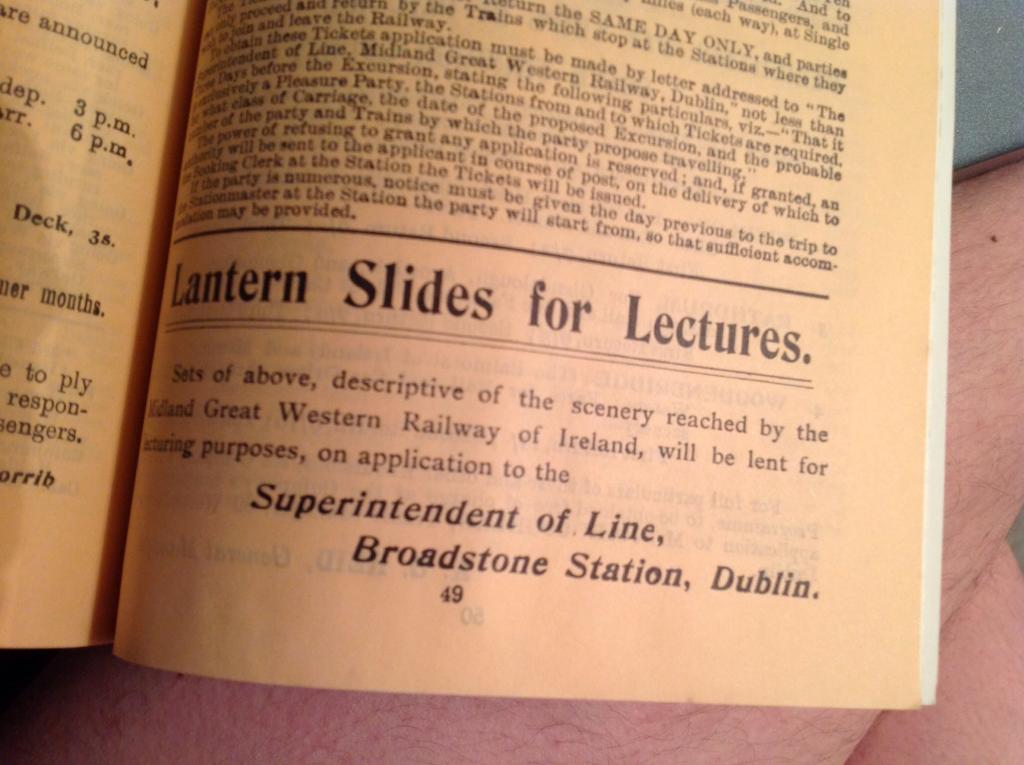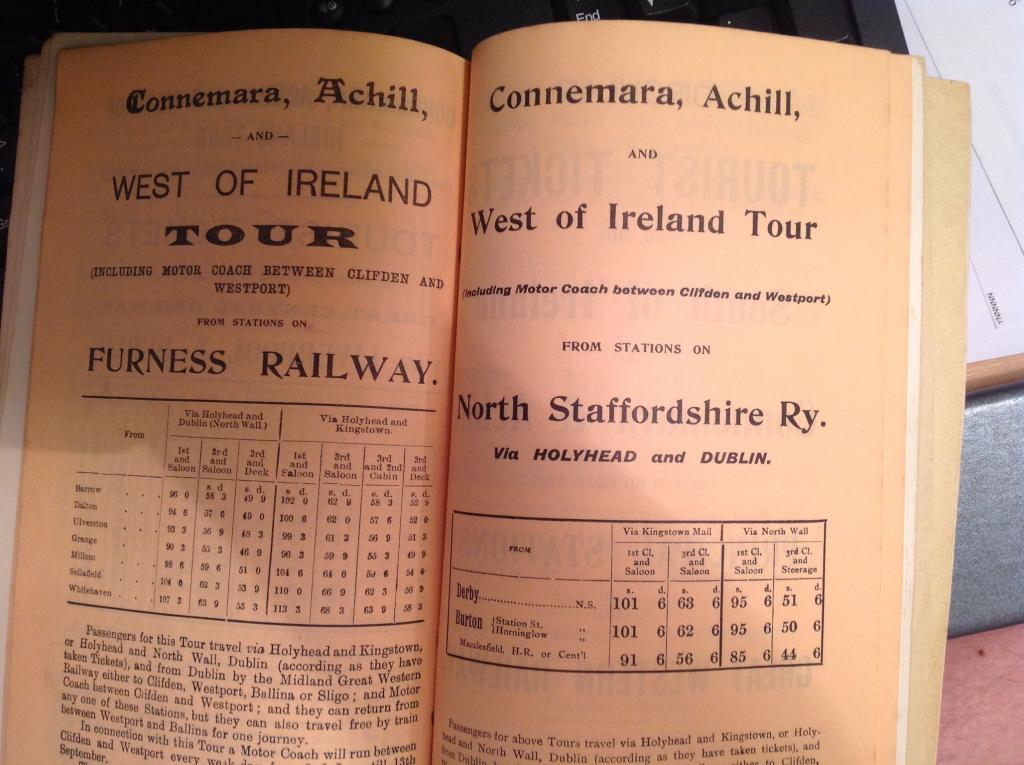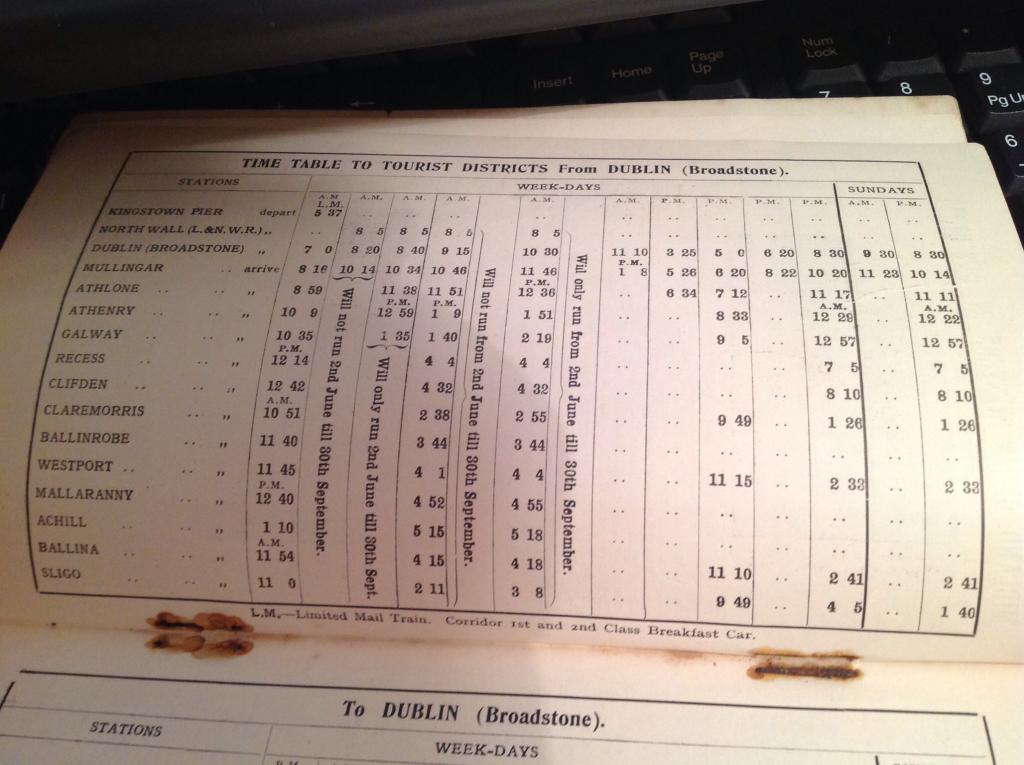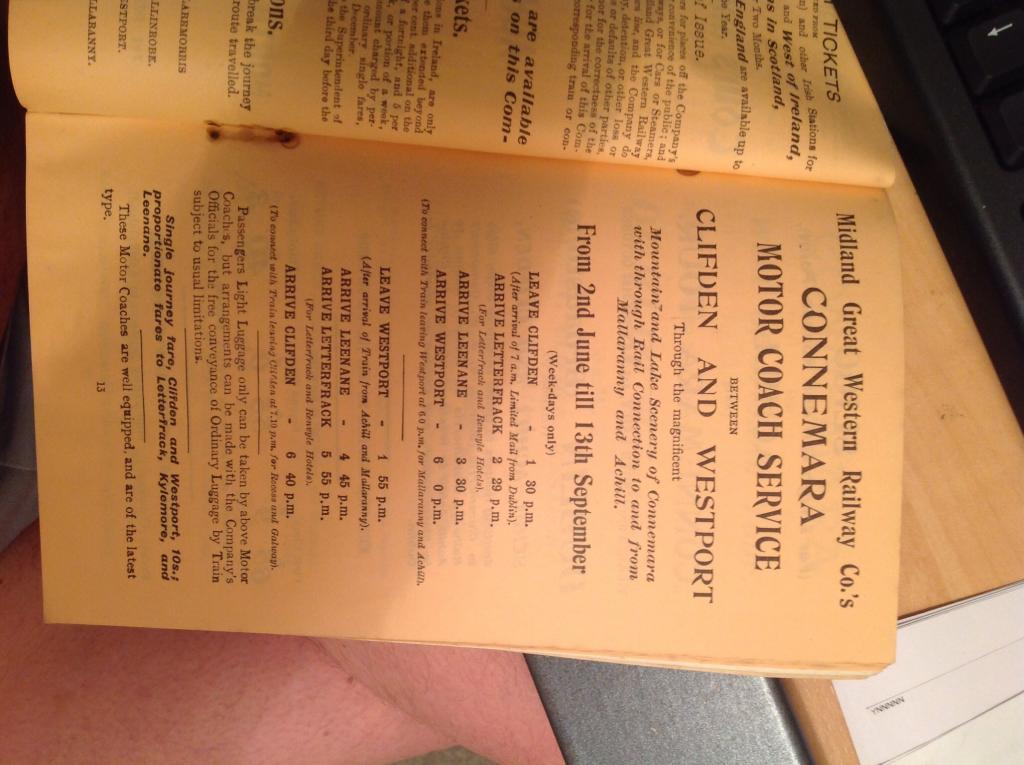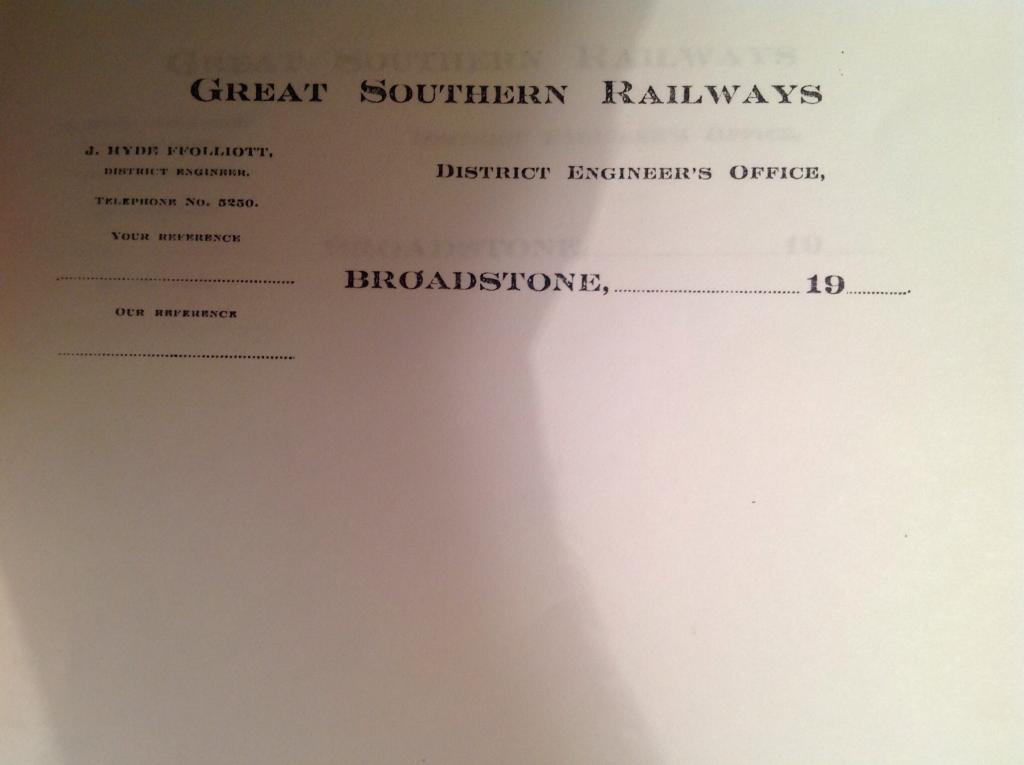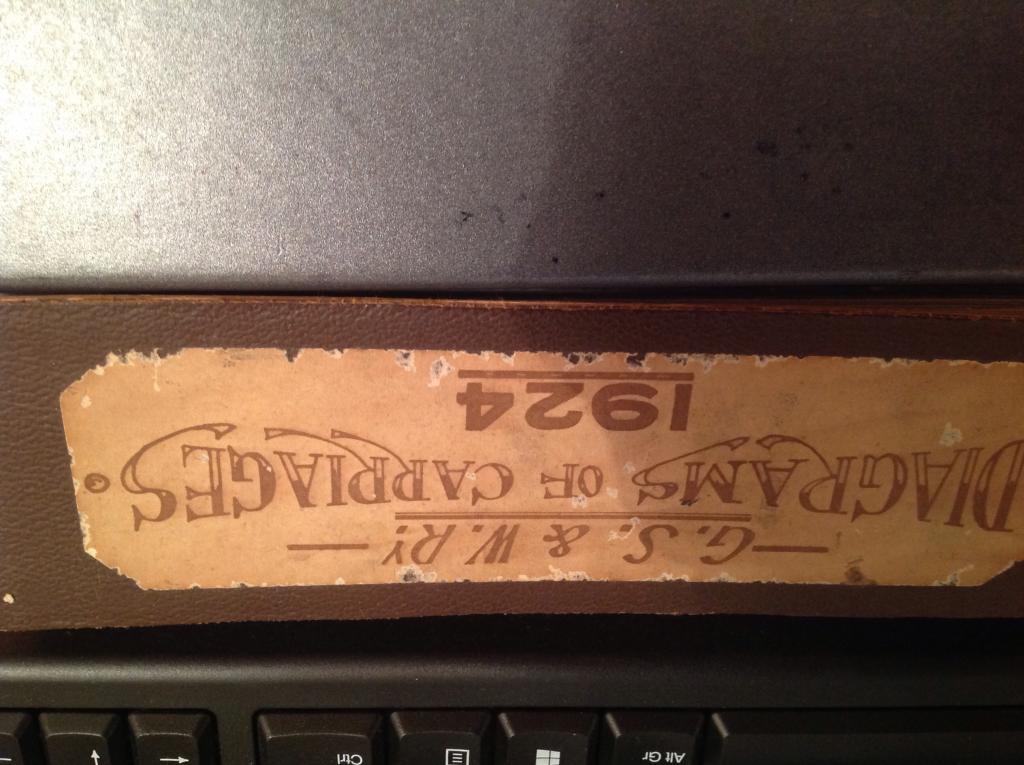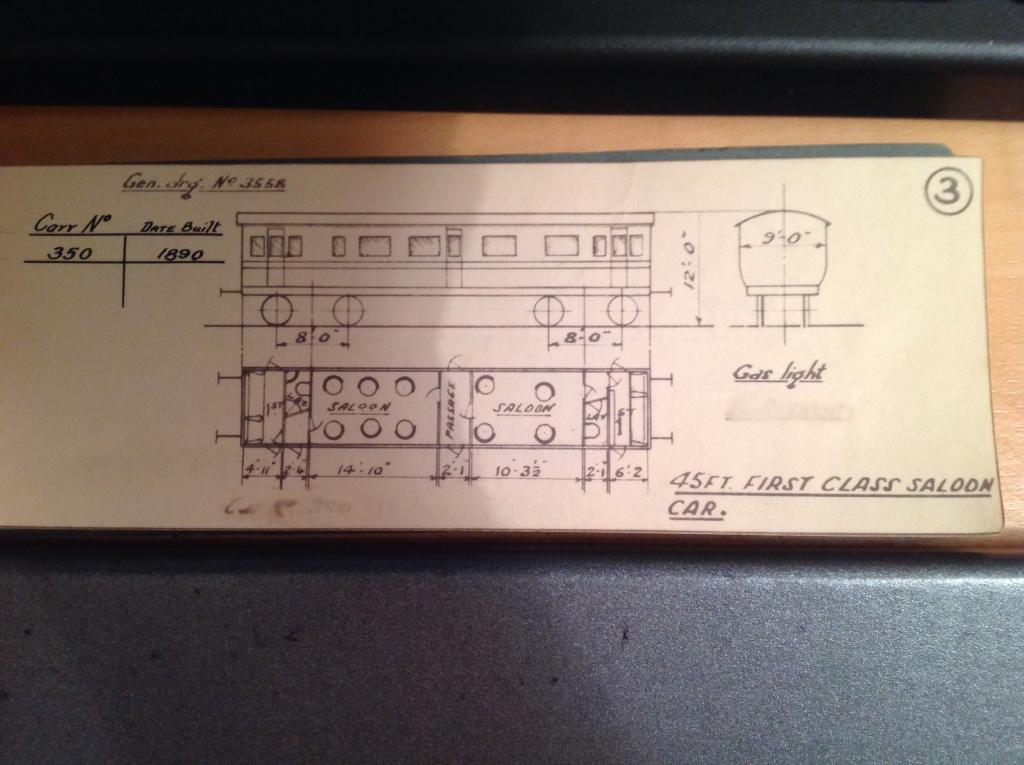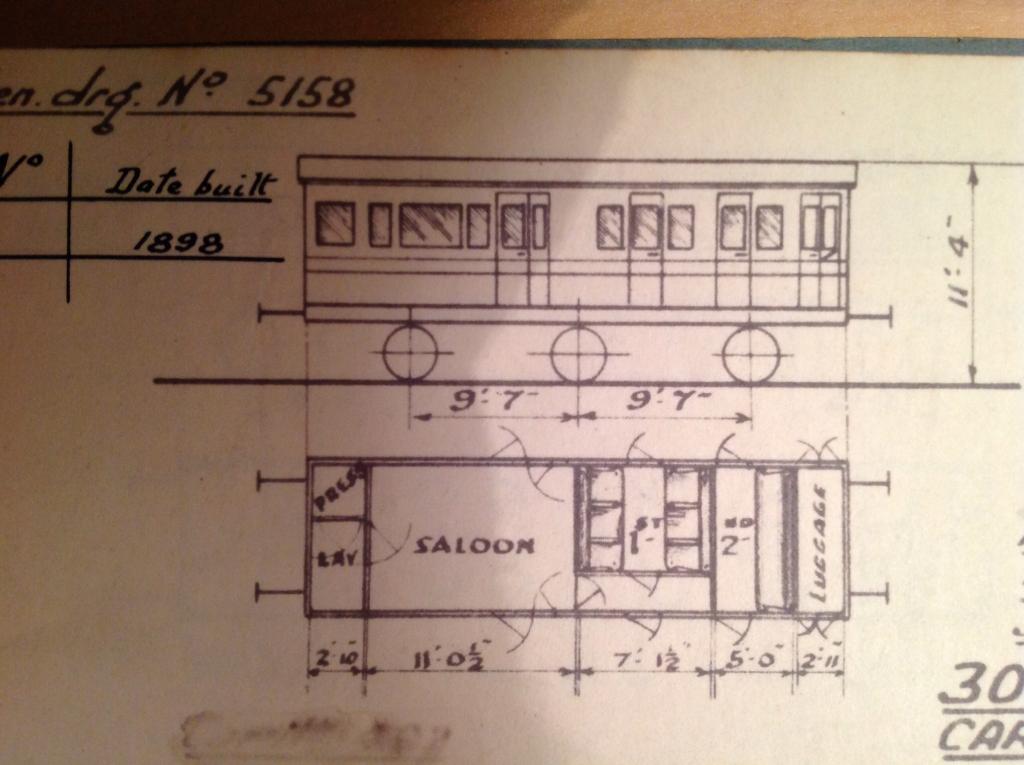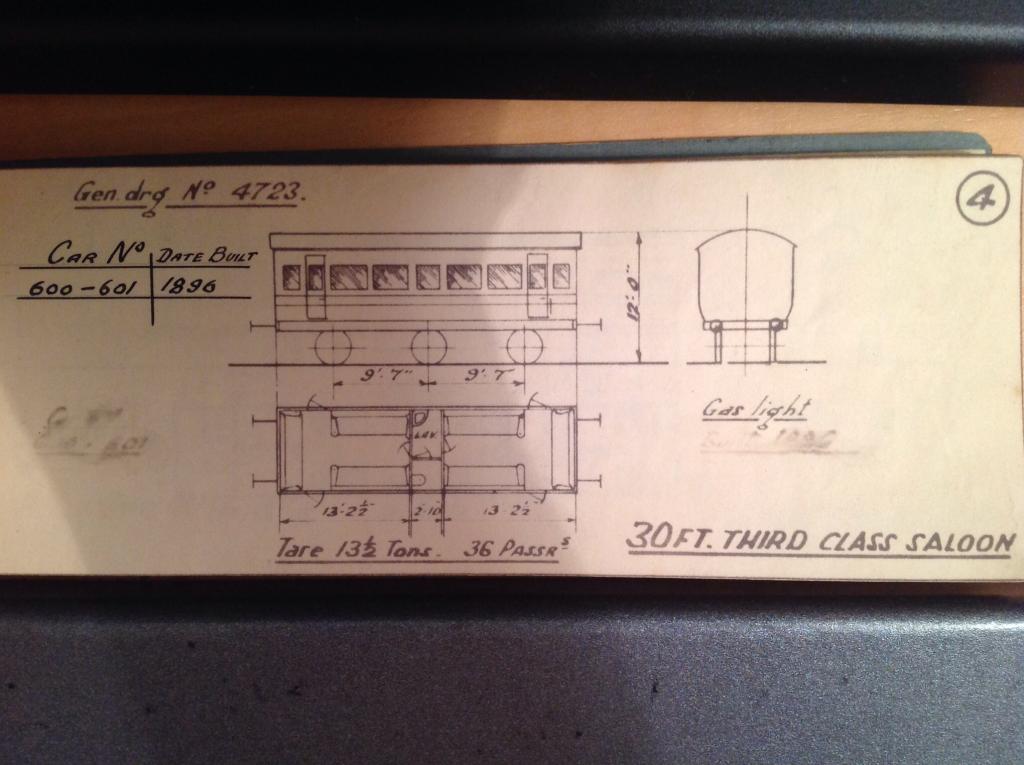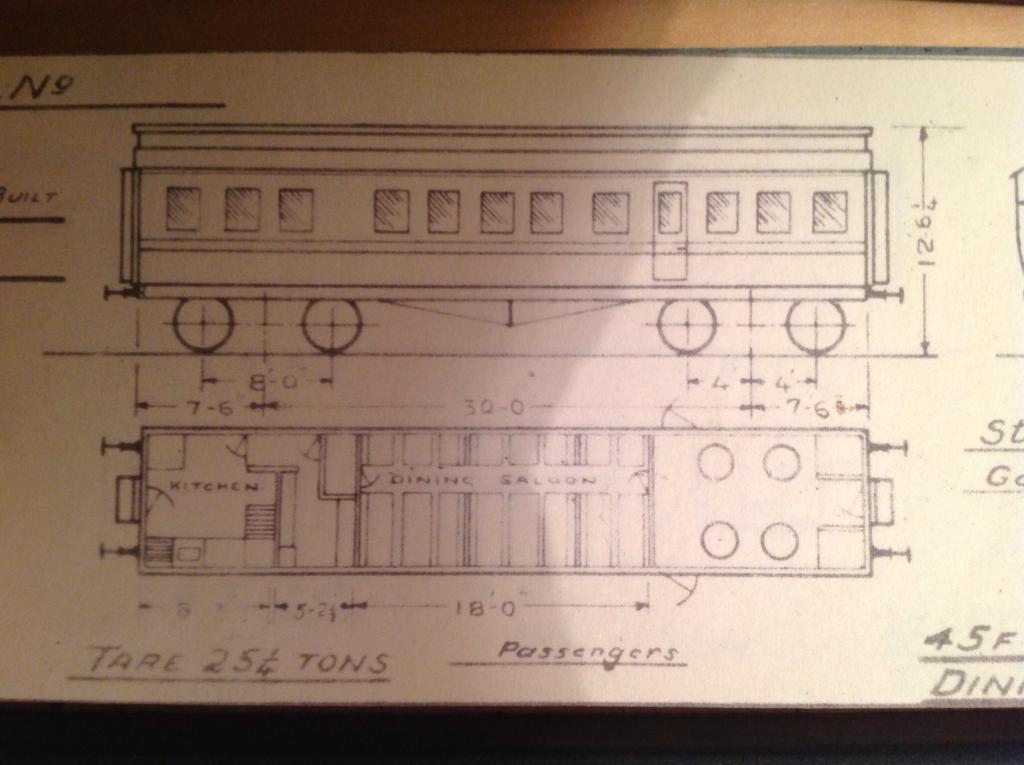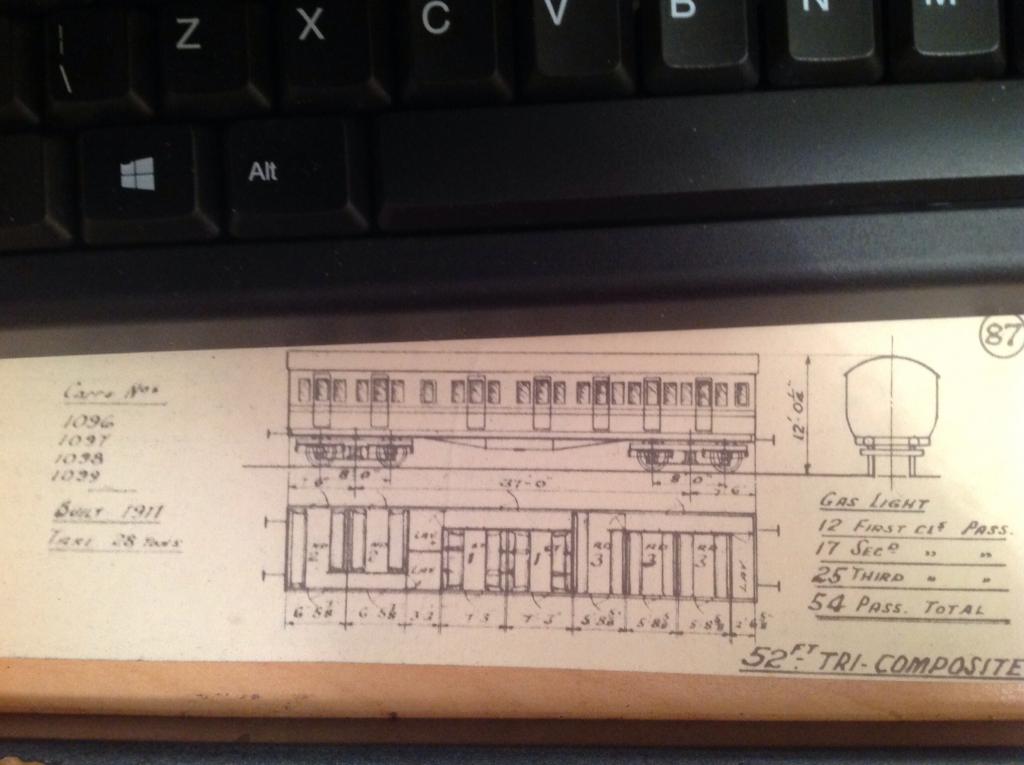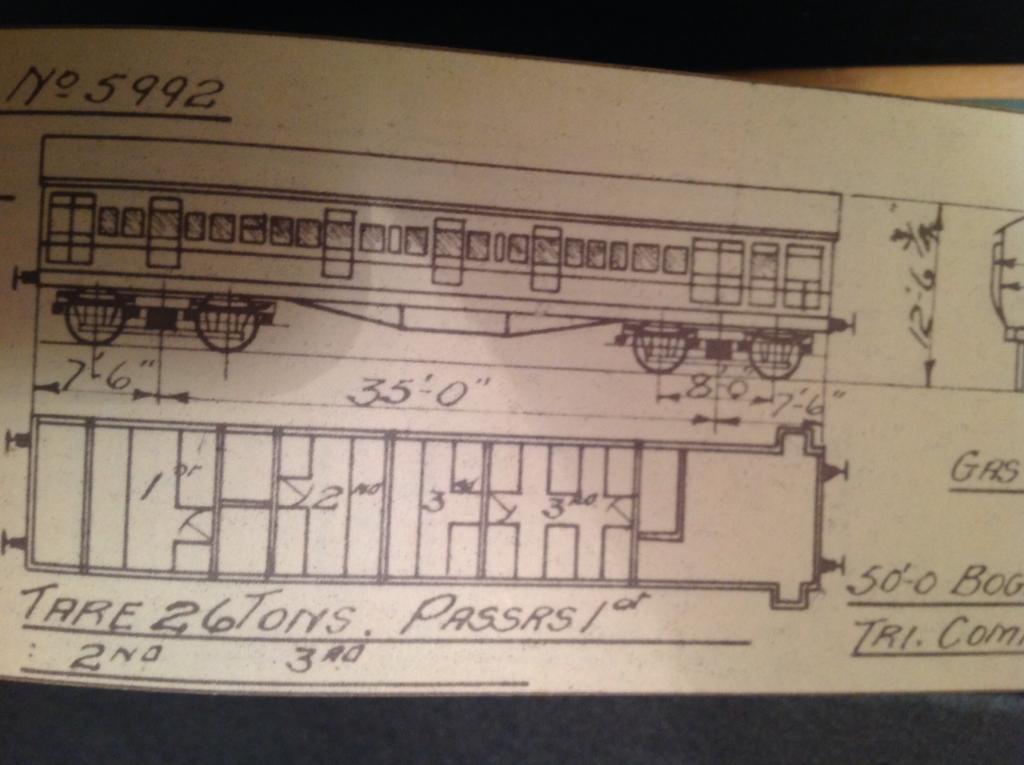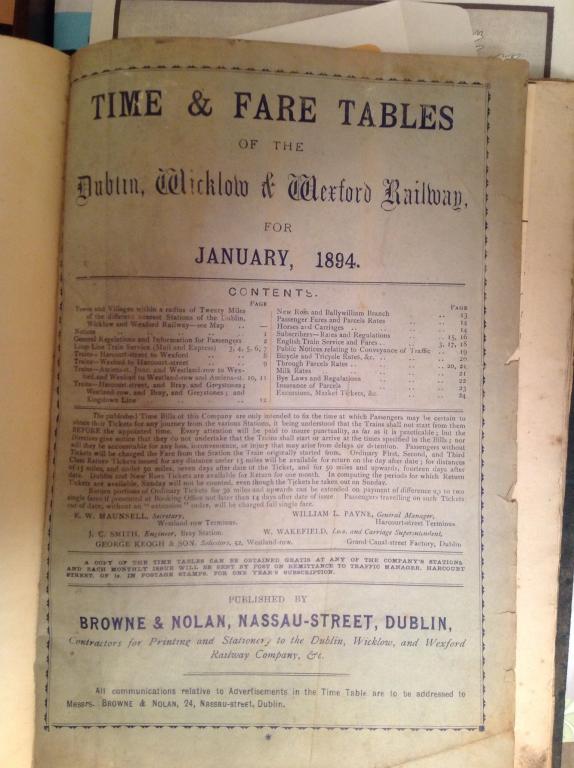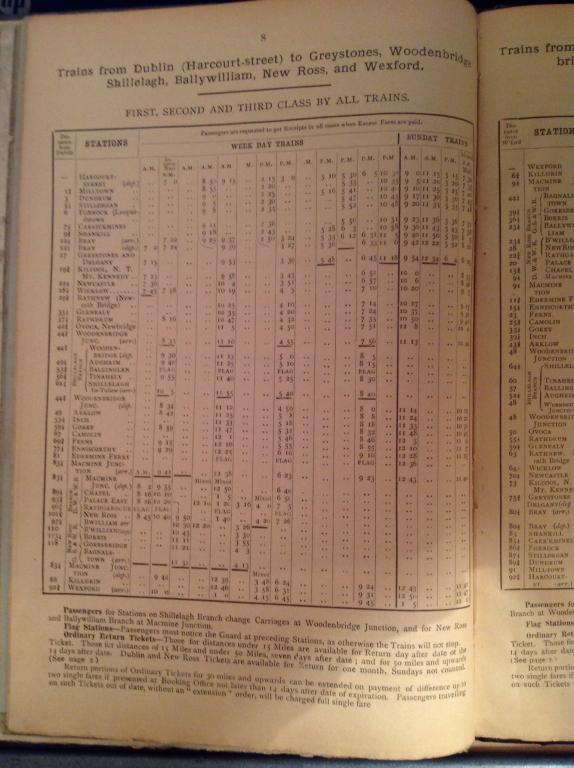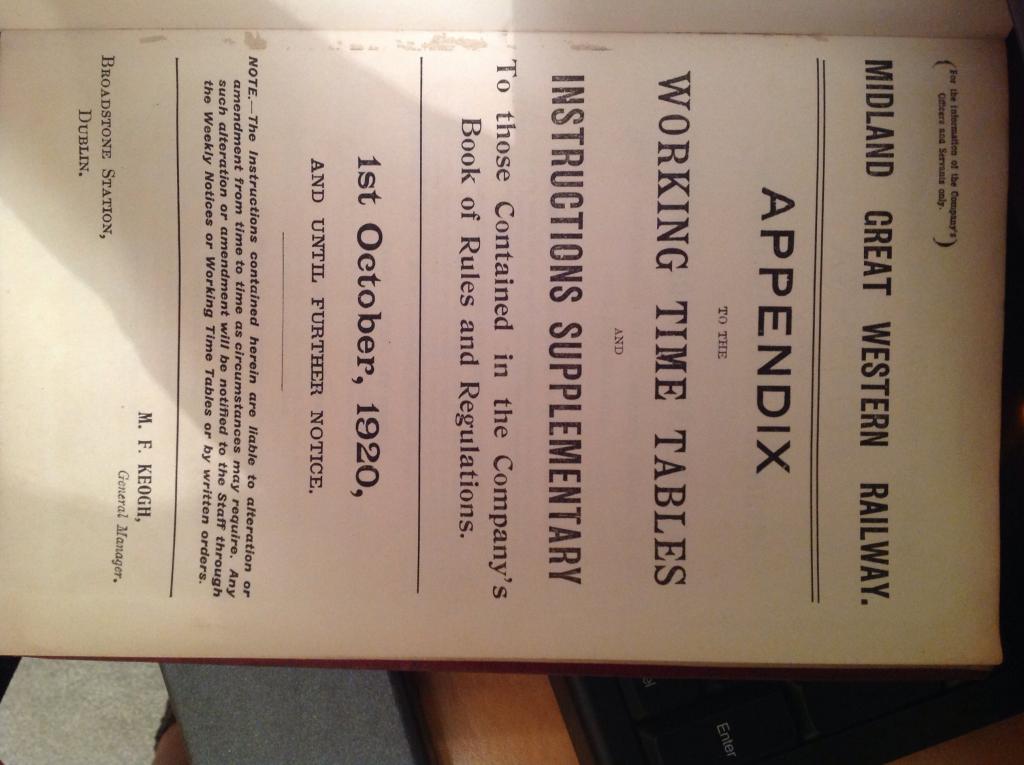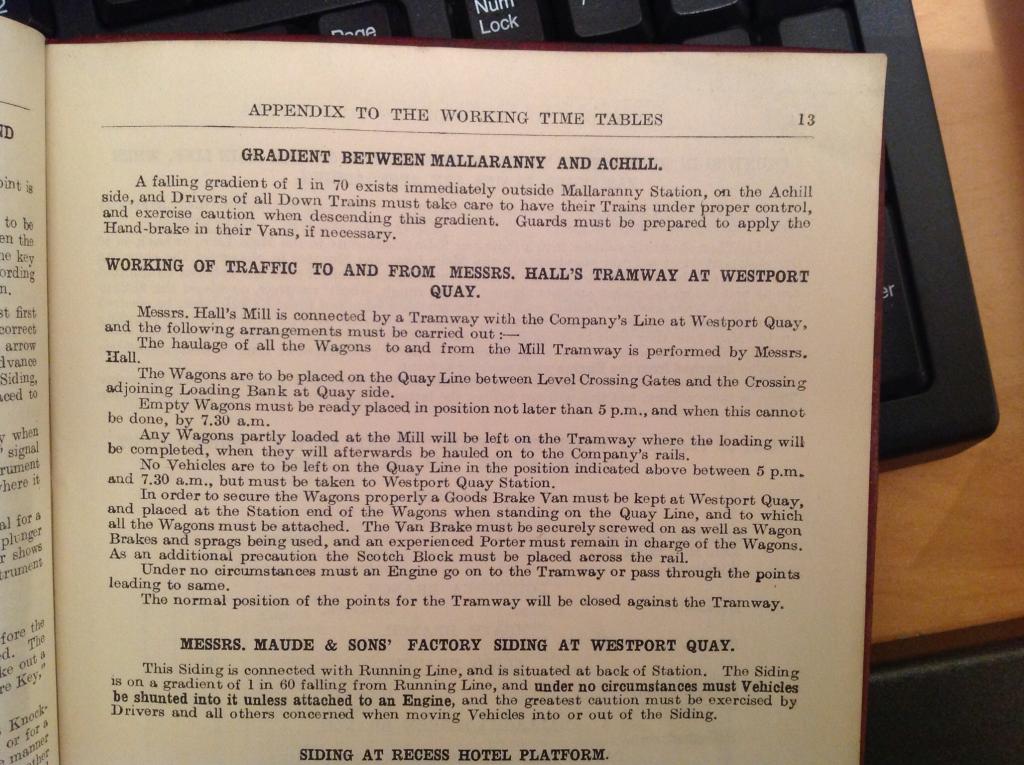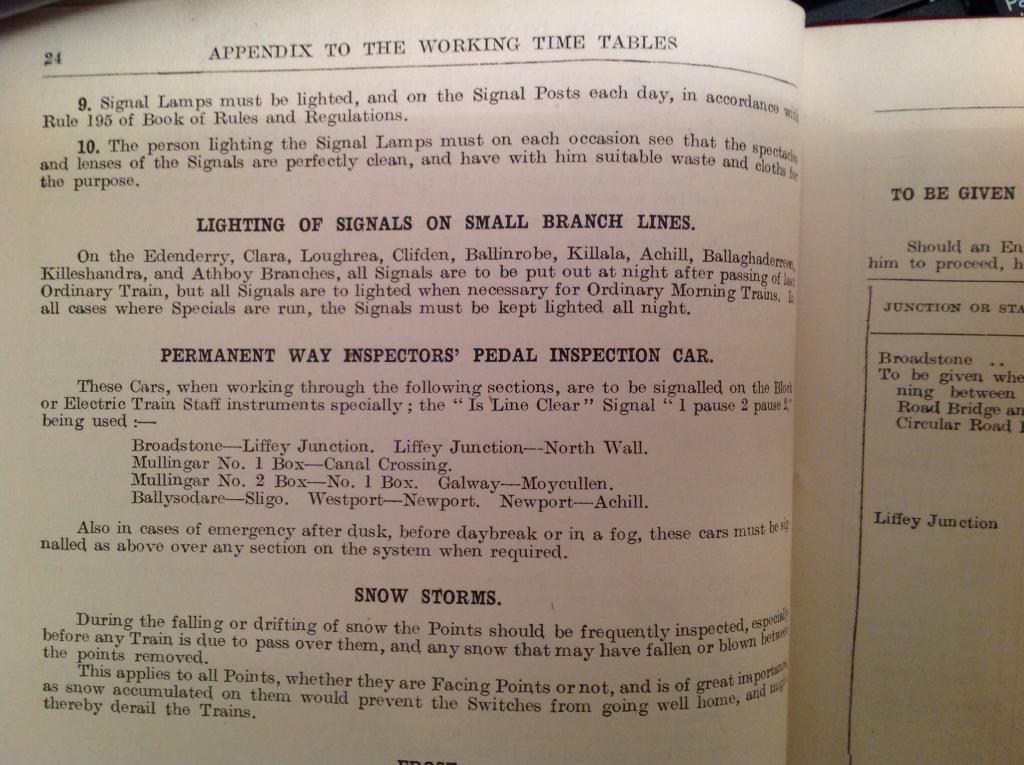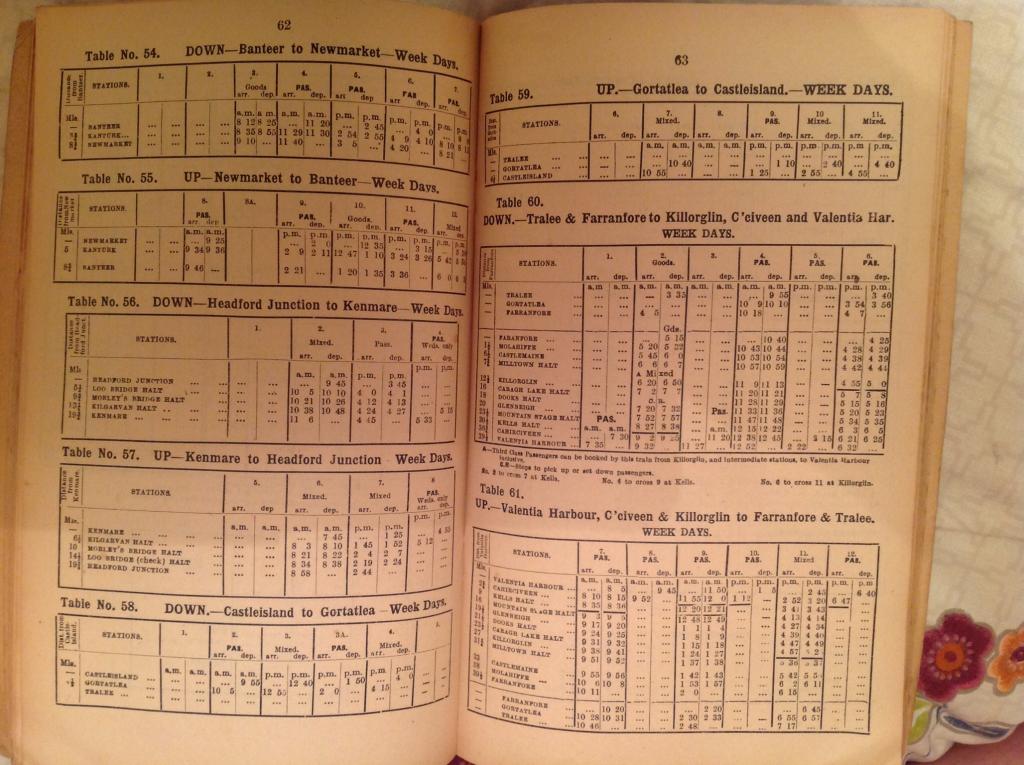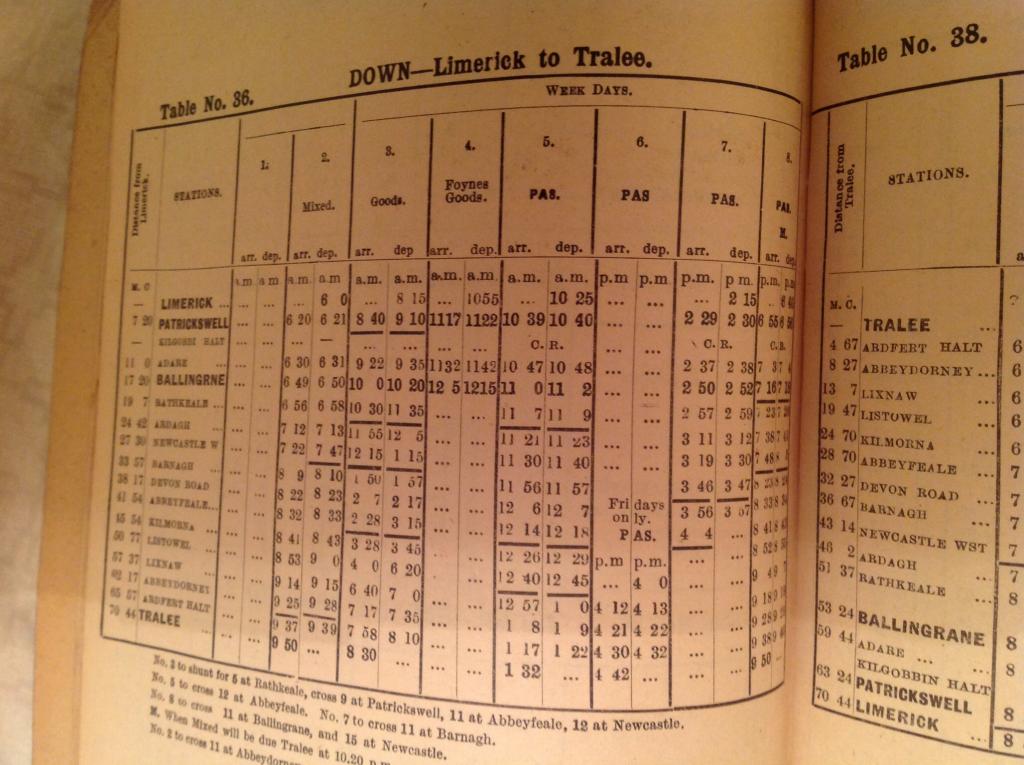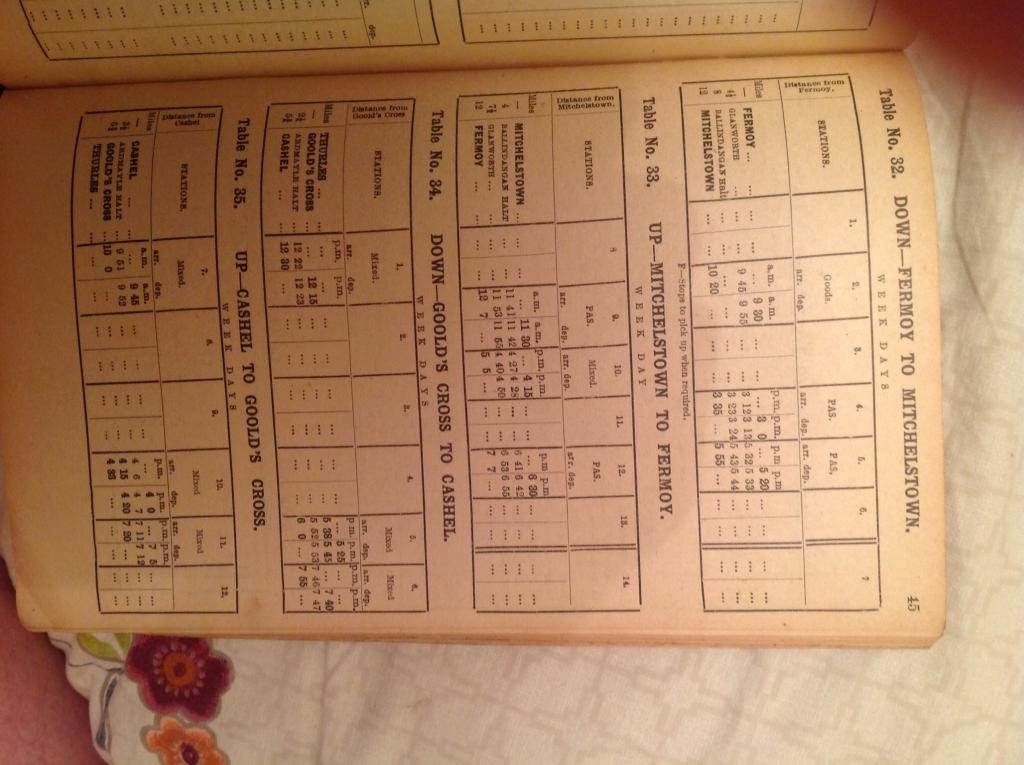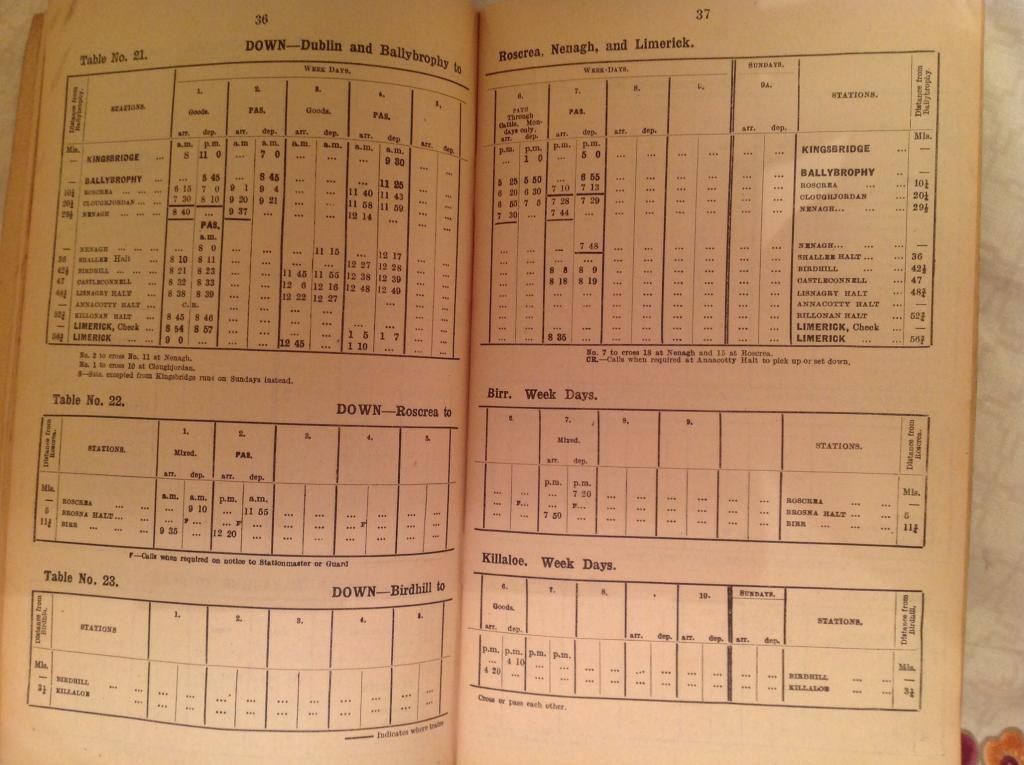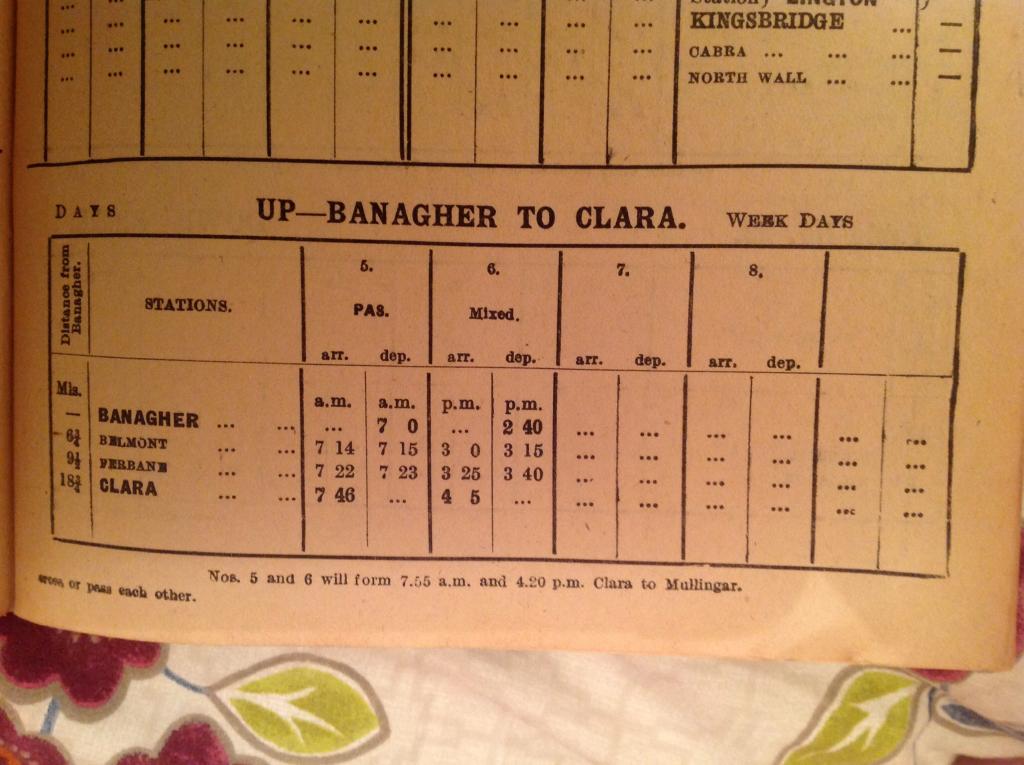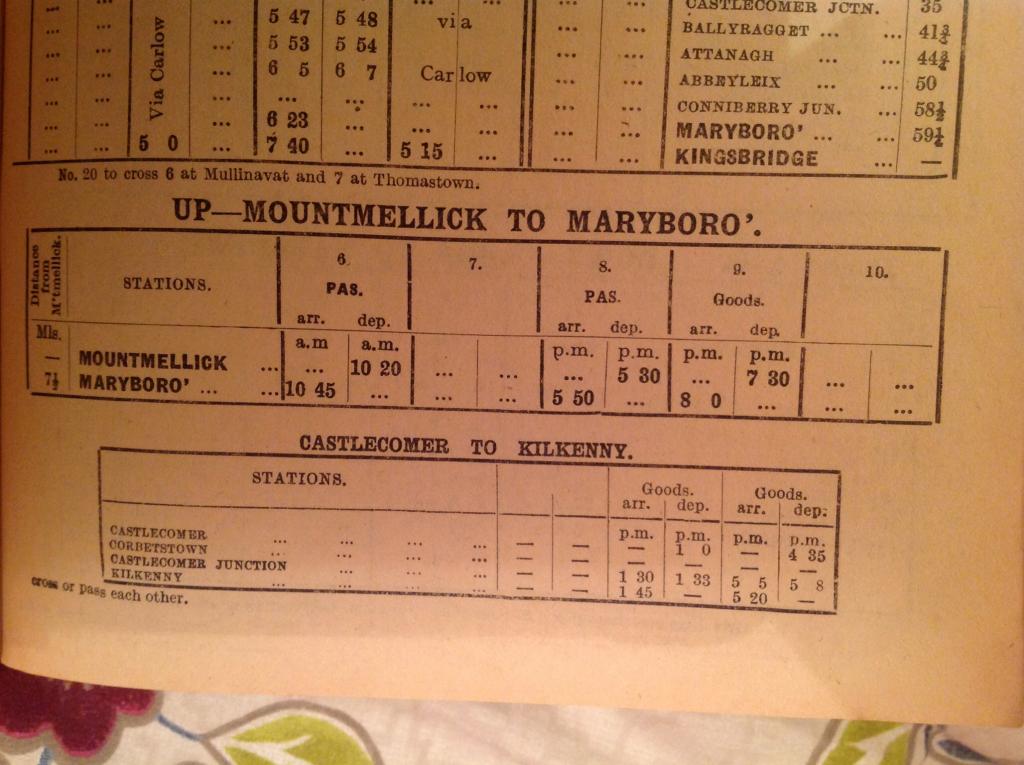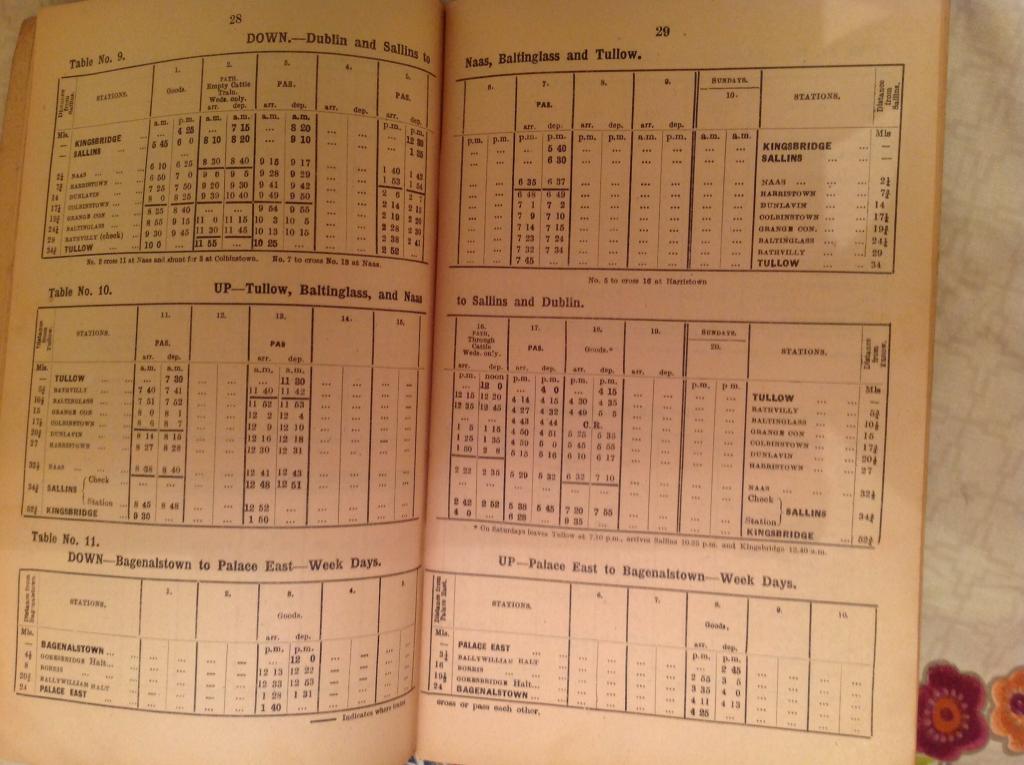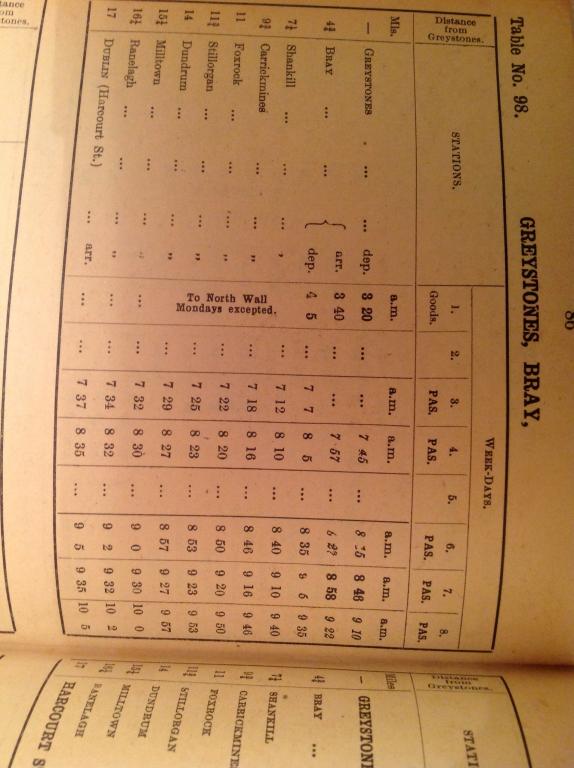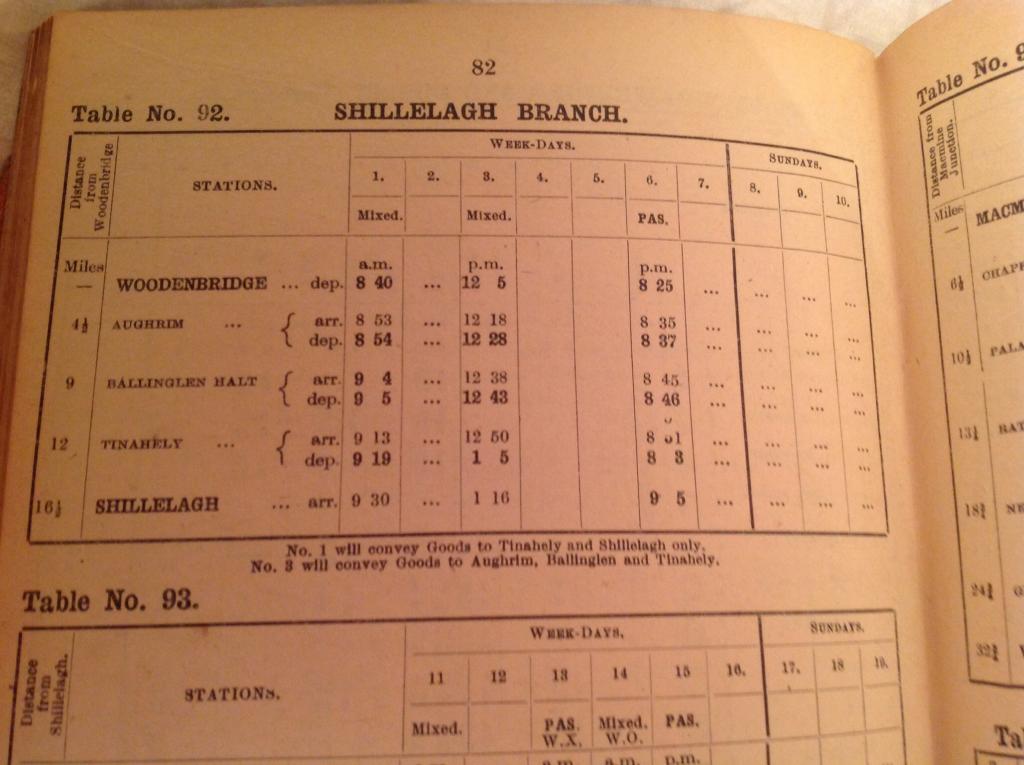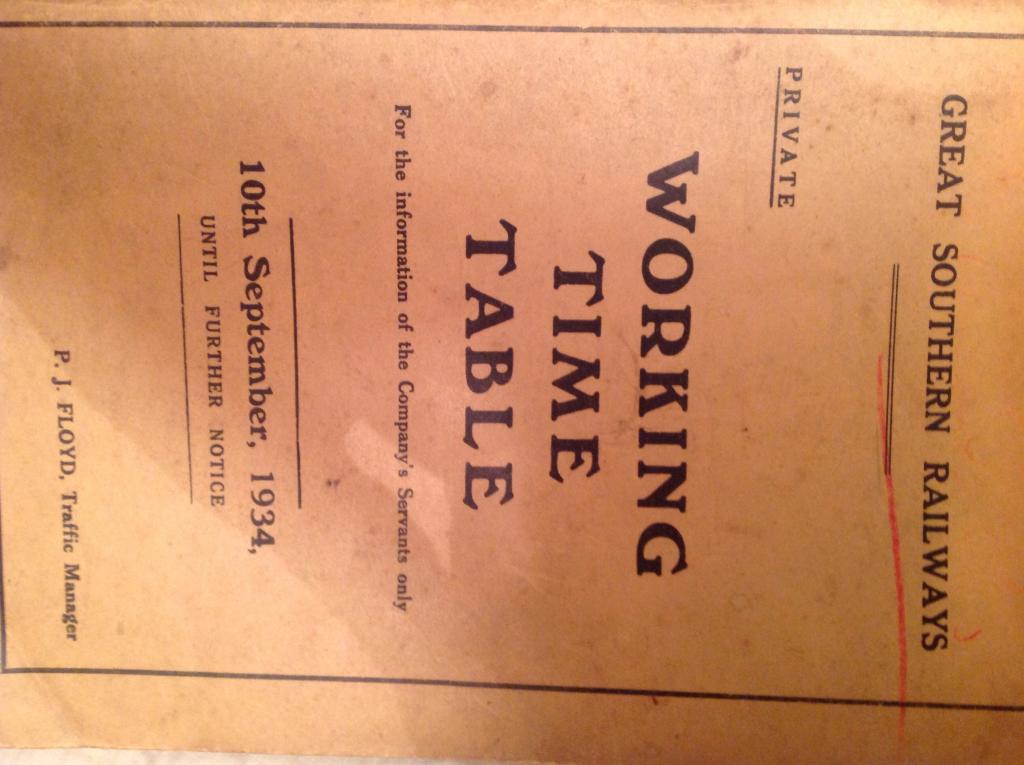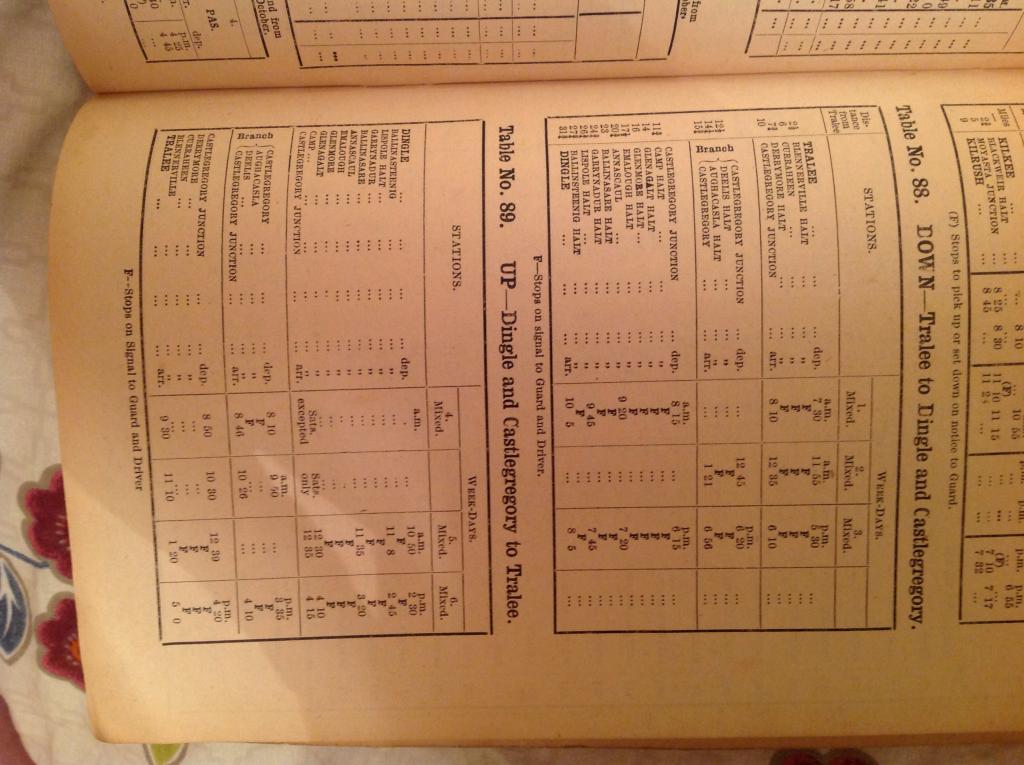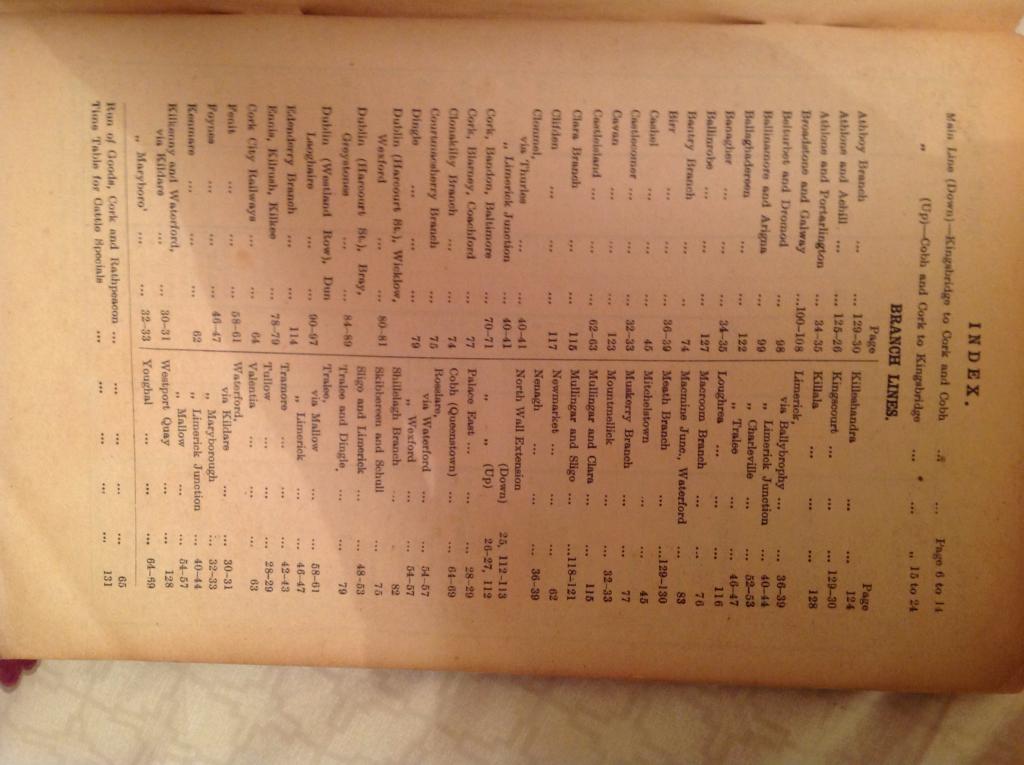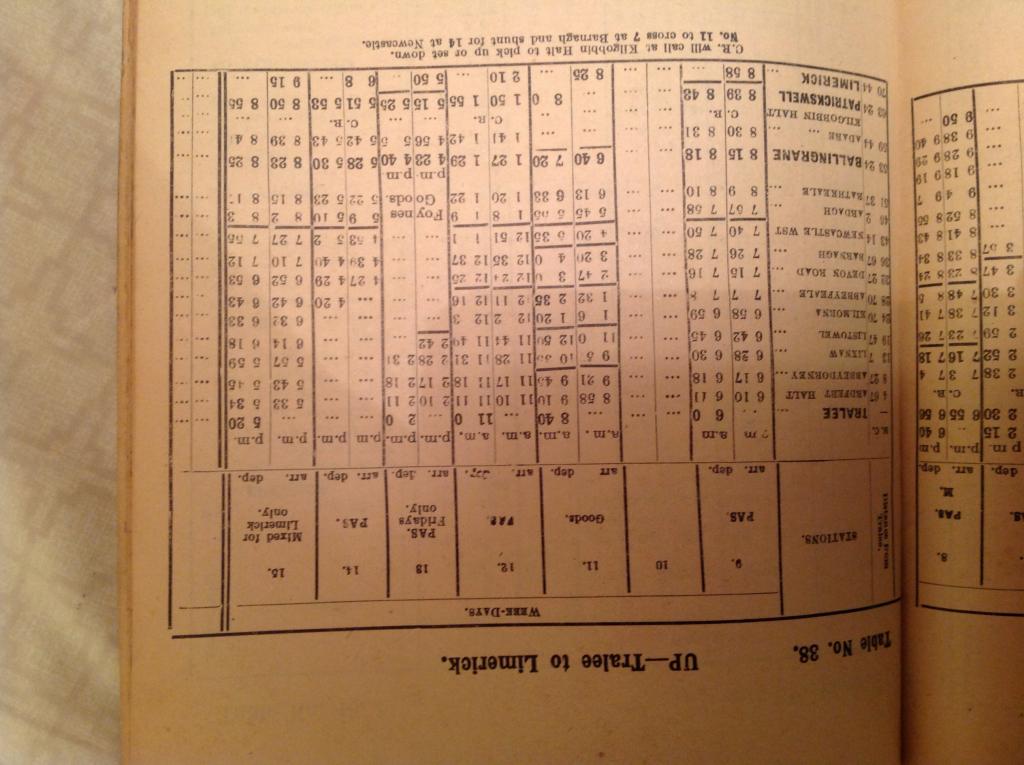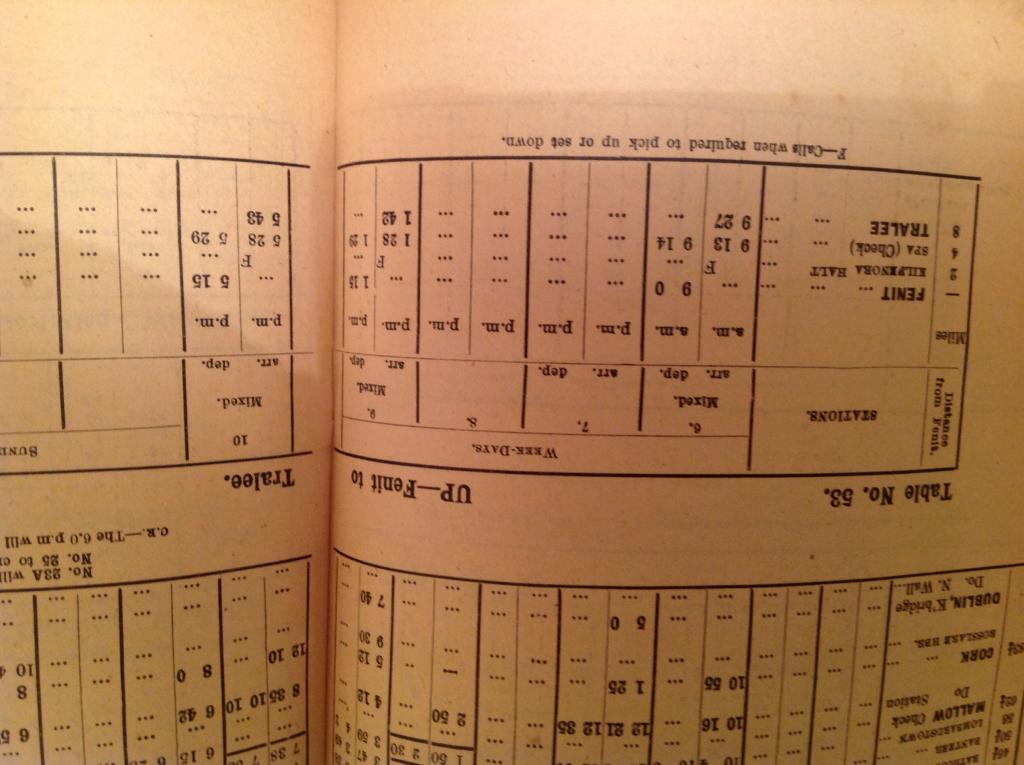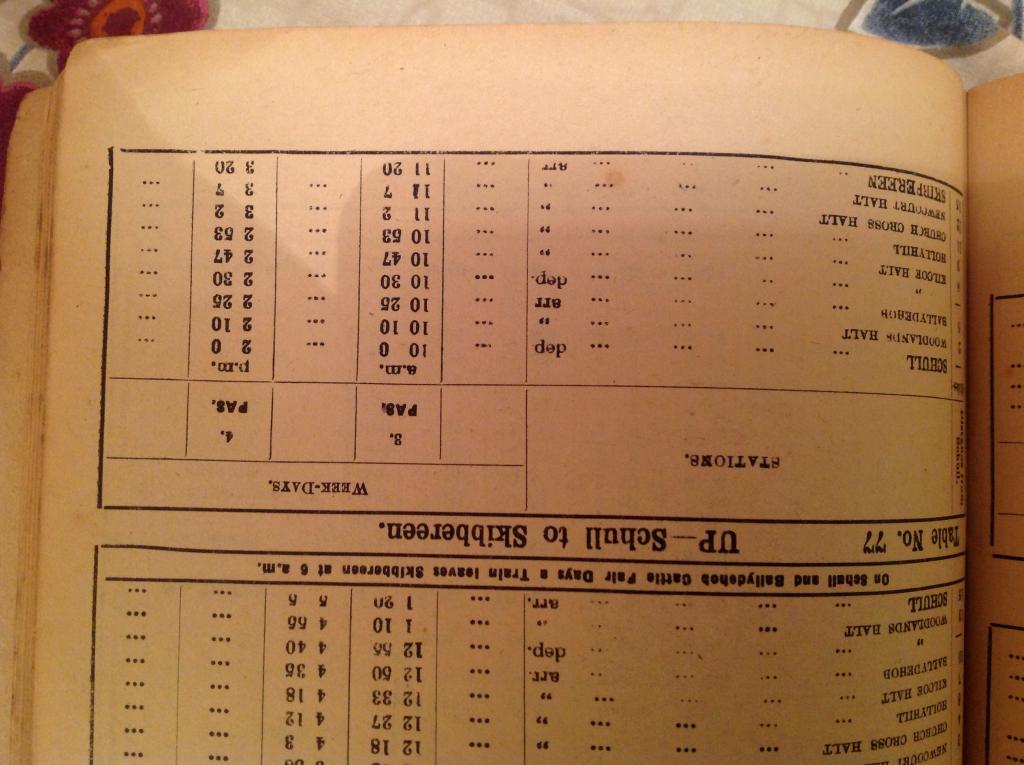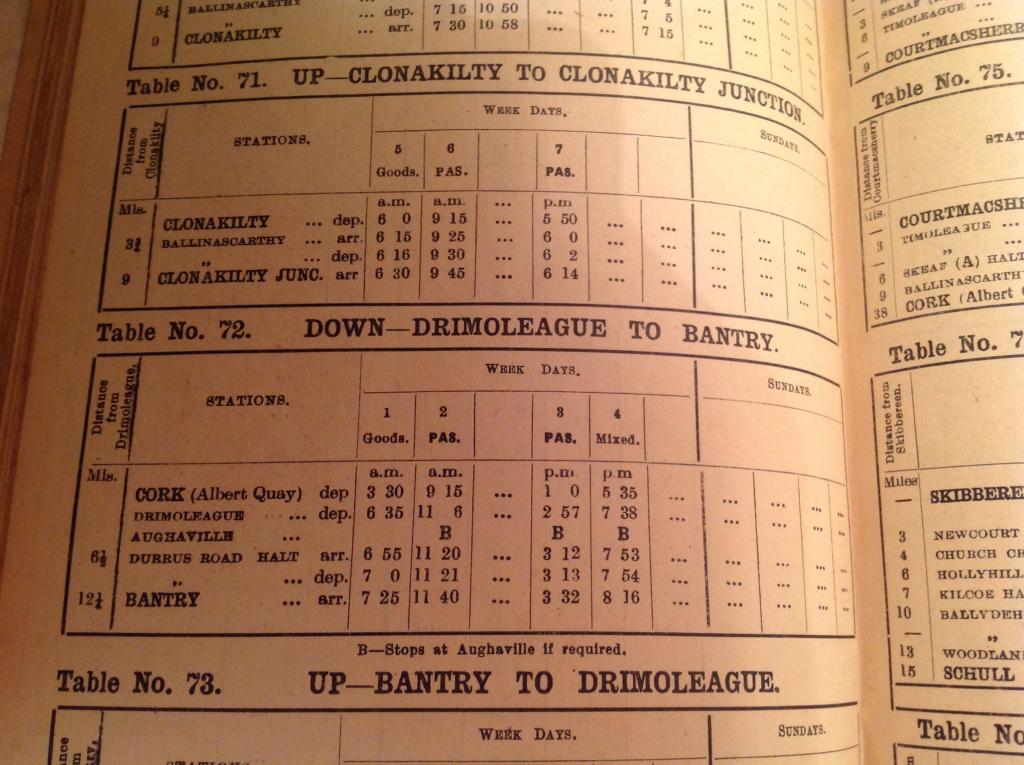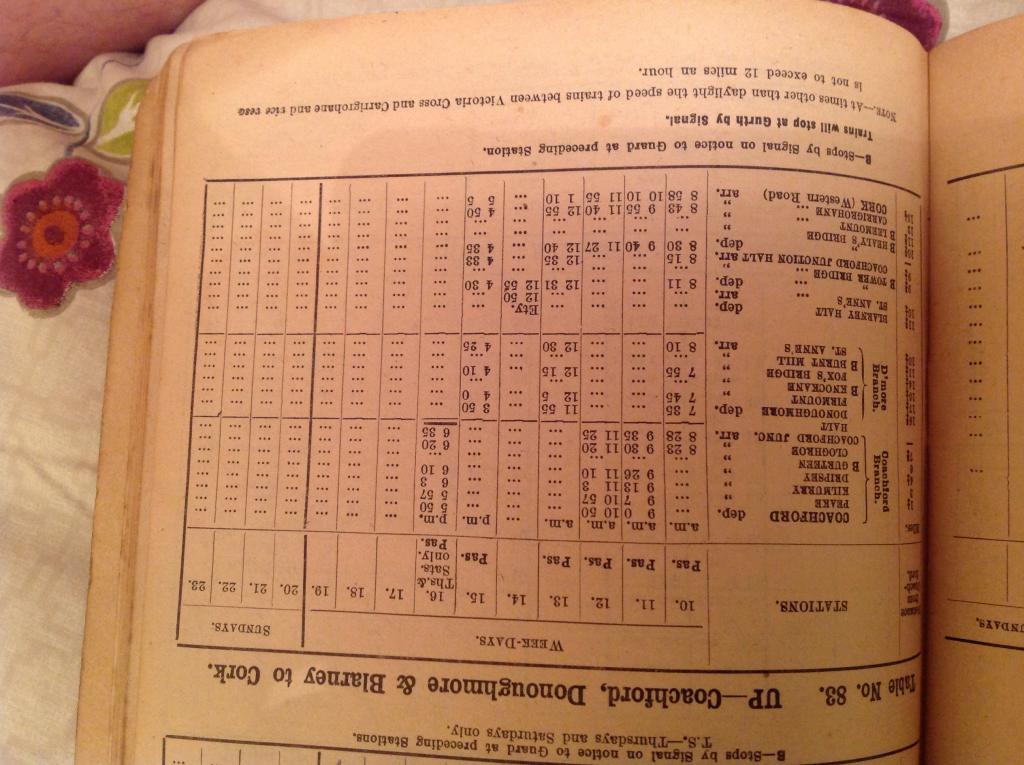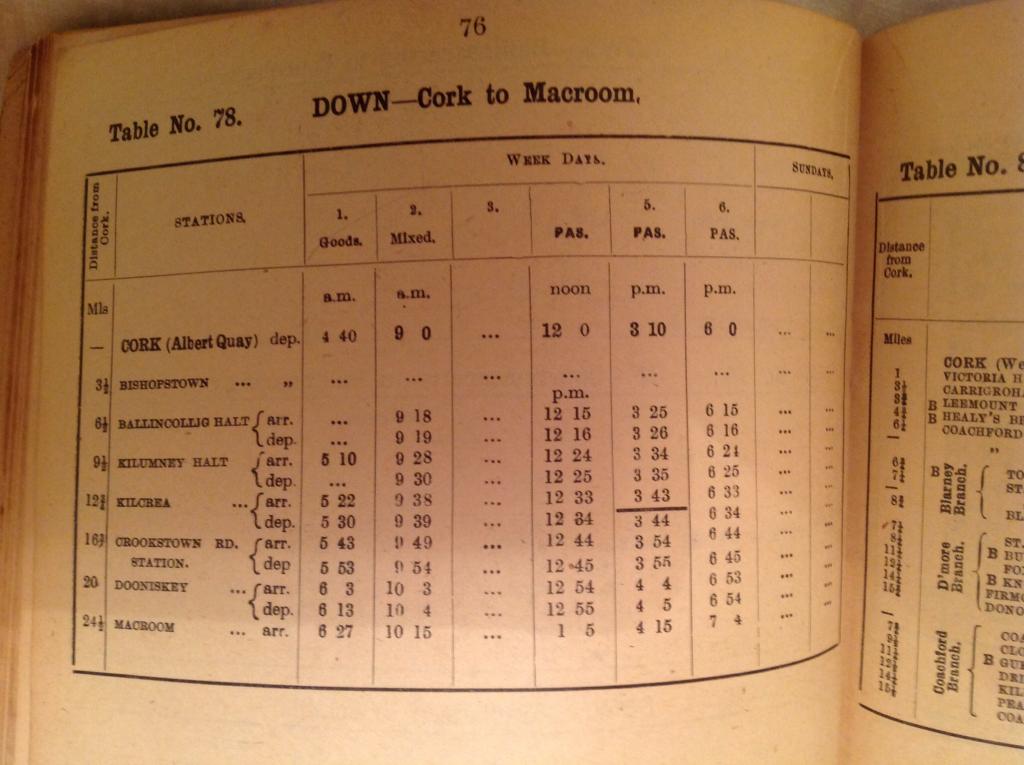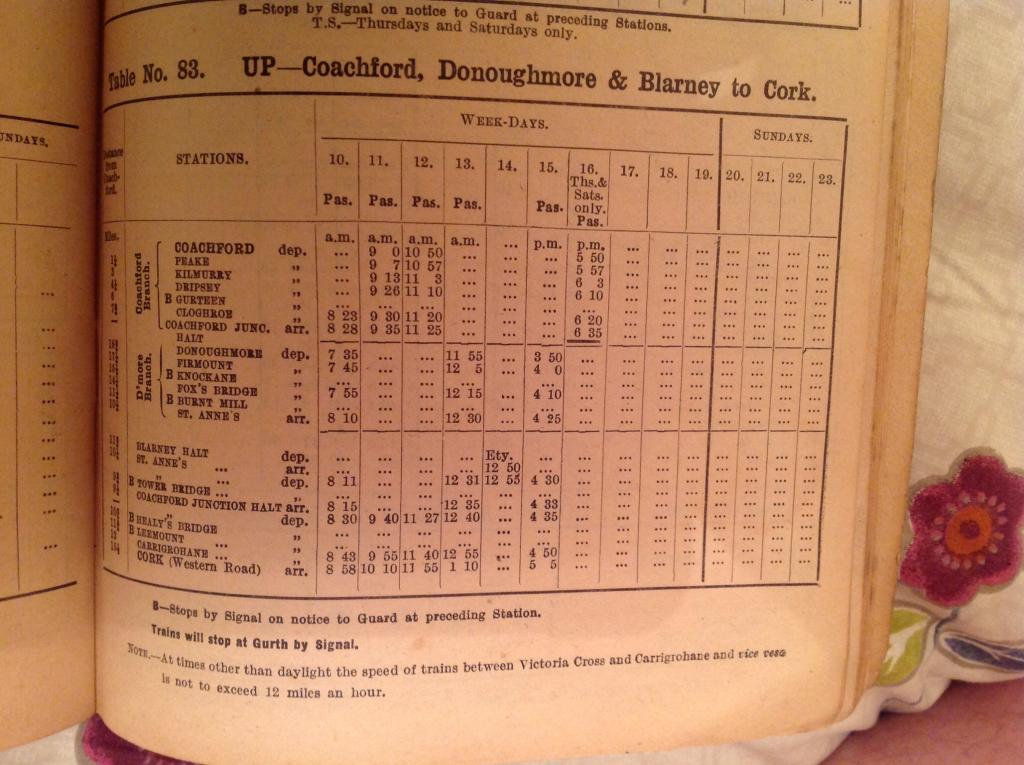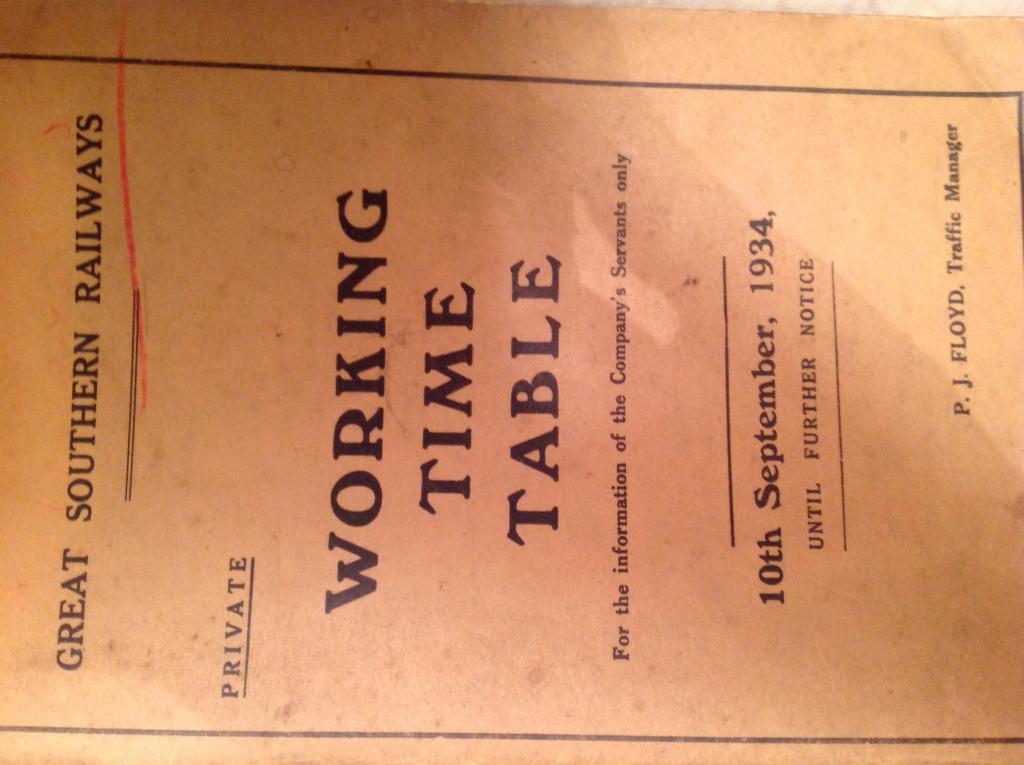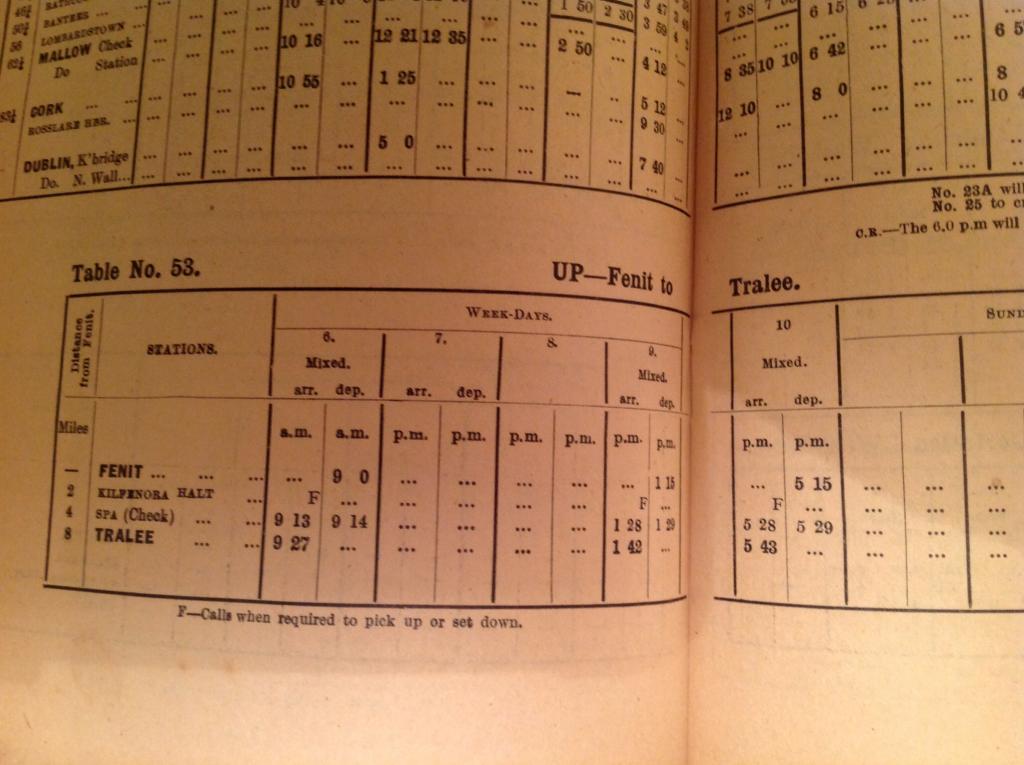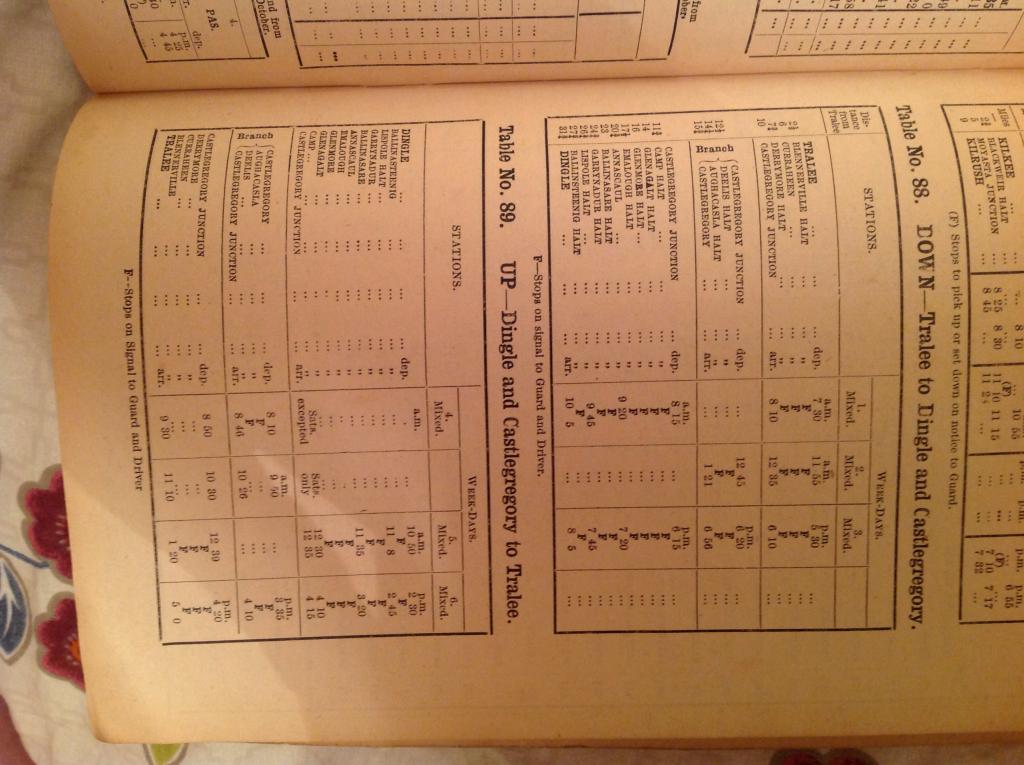-
Posts
15,829 -
Joined
-
Last visited
-
Days Won
393
Content Type
Profiles
Forums
Events
Gallery
Blogs
Store
Community Map
Everything posted by jhb171achill
-
-
How to impress your friends. Write your letters on headed paper. Download, print and use. I've Clogher Valley and Lough Swilly somewhere too.
-
The interiors of some of these yokes had interesting layouts. And now all we have is centre-aisle railcars with no opening windows, which smell of the nearby unventilated humid toilet. Progress! Ha! De Deitrichs, Mk. 4's, the characterless Mk 2's.... Brel stuff...., MPDs, ICRs, CAFs, 2600s, Castles, yeah yeah........ All the same, says jhb171 the old fashioned philistine. BREL products are to quality railway carriage design what McDonalds, pre-horsemeat-scare, was to fine gourmet dining. Derby own-brand Tesco versus Inchicore, Limerick, Dundalk and York Road quality and craftsmanship. Rant over; here are the pics.
-
The LUAS Green Line in days of yore. No stops at Central Park, Balally, Kilmacud or any of those other Johnny-come-lately places. We're talking Old Dublin here. Actually, we're not. Beyond the Grand Canal it's outer suburbs. Beyond Ranelagh it's la-la land, culchie land, beyond the Pale in places where only those of a rural disposition may be found......
-
-
And, more grey-loco haulage, without an 071 or a sperry train in sight: ......so there you are. Fun's over; time to get a 400 class 4.6.0 back to Dublin, then one of those GNR 4.4.0s if you're going to Belfast. You know that the GNR have just started painting their express locos BLUE! Pity there's no such thing as colour film, iphones or DVDs.
-
Senior was not impressed with them in his day, despite being a keen cyclist on stony unsurfaced roads in remote country areas like Ashtown and Stillorgan! Here's how we got from A to B back in the day, back when Jesus was a child and pussy was a kitten......
-
-
I have to say I thought it was an excellent series.
-
hahahaha! I think I'll try my own house first - just to see if there's anything half valuable left.....
-
It's easy to come across as reactionary, and unable to understand the youth, or forget that "ah, sure, we were all young once" But, by God, if most of us on here got up to half what a tiny minority of people do now with absolute impunity because "they've a hard upbringing", "they've a drug habit" or "they have a really old iPhone and their friends laugh at them", we would have faced sanctions which would make us too afraid to even contemplate doing it again. Crime figures were a fraction, because there was a deterrent. Today there's little deterrent to crime. I'm away to rob a few houses. I need to fund a holiday because sure it's me right, isn't it!
-
I hope this gathers the momentum it deserves and indeed, points to a new way in Derry. That is - voluntary bodies, not ill informed and uninterested local councillors.
-
Excellent stuff.....! Pat - the white lining "was just far away". Ted told me. And me camera's fine - I was just standing on my head when I scanned those old pictures.......
-
There you have it. I'm inclined to think that they were delivered with white, but Inchicore possibly decided that due to the obvious lack of definition, black lining ought to be added. That would make perfect sense. I can't remember offhand which one (or maybe two) got red buffer beams while carrying grey livery, but this would again indicate experimentation to get the right look. Around the same time, an "A" and a "C" class received, experimentally, a yellow © and orange (A) buffer beam. This was in the early days of black'n'tan. So perhaps, mystery solved. We'll all have seen a picture of 019 in Inchicore in the mid 90s with just one end done up in an experimental orange, black and yellow livery which was to become the basis for the initial 201 livery, and in more recent times a Mk 3 with one end in two tone green - experiments for the Drogheda railcars. It's a bit like modelling - you can paint something to see how it looks, but in case it's going to be wrong it's maybe better to practice the colour on some old vehicle body first! The UTA, in their very early days, painted a number of steam locomotives in differing shades of green to see what they'd be like, before settling for lined black. One "Jeep", I think it was No. 5, ended up in a shade not unlike that applied in more recent times to locomotives in the Isle of Man. I always wondered how that would have looked on the few GNR 4.4.0's they repainted, or on a BCDR tank, let alone a Jeep!
-
Enterprise 206 working the IWT liner.
jhb171achill replied to ttc0169's topic in What's happening on the network?
I have to say that while I've seen better liveries overall - really, artistically speaking, nothing since the orange / black era has proved lasting and strong enough as a brand - this one's a lot better than the ghastly drabness the Enterprise has had in all its (few!) variations since inception.... -
Mike - I've another of those 4w bodies if it's any use to you.
-
Enterprise 206 working the IWT liner.
jhb171achill replied to ttc0169's topic in What's happening on the network?
92 60 0310 206-4 Is that including the international dialling code? When I rang it, I got nothing. So I reckon that's it's fax number. -
Enterprise 206 working the IWT liner.
jhb171achill replied to ttc0169's topic in What's happening on the network?
I would agree with both. It's all very well when they match a loco to a train but hit'n'miss otherwise. Why they can't just keep everything orange and black I don't know! :-) -
To such extent as it allows, Broithe, there seems to me a lighter tint right round the edges. I've seen it on other pics too - but I've also seen convincing evidence of black, not only on locos, but the yellow and grey touring coaches too.
-
I knew it!! Some time ago, someone posted a pic of a model 121 (and an excellent job it was too); I questioned the fact that the logo transfers for this were edged in black, as my recollection was that they should be white. A white-lined "snail" and numerals would have a very different look to a black lined one. I went off delving and found a photo of a loco in this livery with very very fine black edging to the yellow logo and numerals. The above shows white. Thus; we have not one, or two, but THREE variations of this grey and yellow livery. We have photographic (and in the case of white, eye-witness) evidence of locomotives having numerals and snails lined black, and also lined white! This in addition to the already-known variation which was that at least one or two of the class had the grey buffer beams repainted standard red, which, having seen it in a colour photo, I personally think looks a bit odd. A quick look at what photos I can find suggests that most of the class, or perhaps for more of the time, white edged lettering was the norm. What makes it so unusual is that they only wore this livery until first repaint. They were delivered in the early 60s, yet by 1969 all were black and tan. Thus, it's not as if they were repainted several times in grey, allowing variations to creep in: the variations were concurrent. Imagine an exhibition layout with three 121s, each with a different variation on grey..... three shades, though, not fifty.
-
My gut feeling would be there could have been policy changes.
-
Haha true, Wrenn, but they had a proper tam network back then... The "Leap" card was done with your legs too..... Talking of trams and city transport, I have some London General Omnibus tickets for sale - must photo them and post them up here....
-
That is an absolutely superb kit.
-
There you have it; this is how historical research pans out. We now can be certain that Bazin, Bredin and McDonnell were Shels supporters, while Bullied was northside roaring "up the Dubs"!!!! ;-)
-
Photos of days gone by
jhb171achill replied to jhb171achill's topic in Photos & Videos of the Prototype
Broithe, that's either me or my twin brother, or else his twin brother......
.png.c363cdf5c3fb7955cd92a55eb6dbbae0.png)

